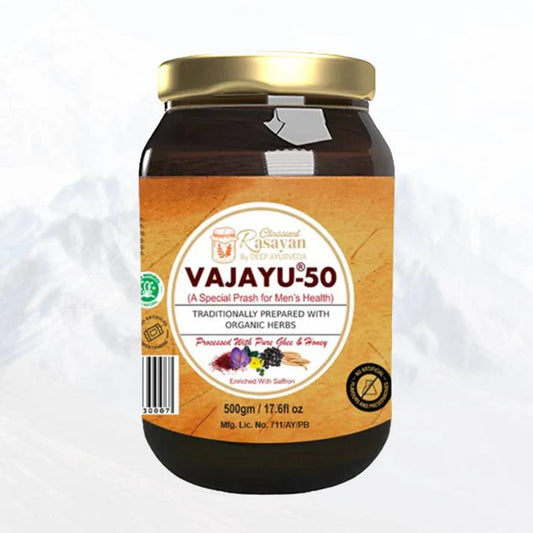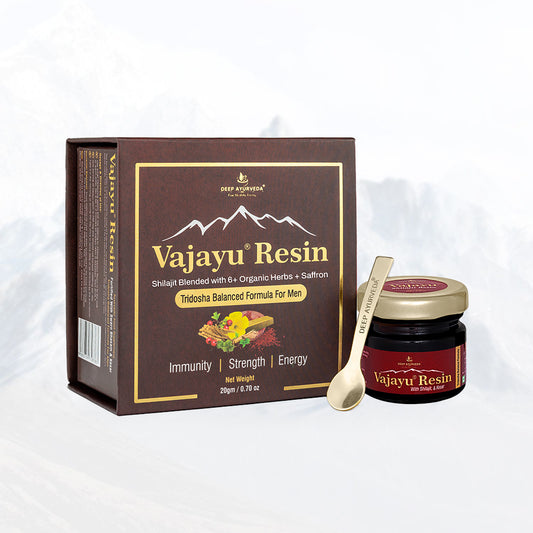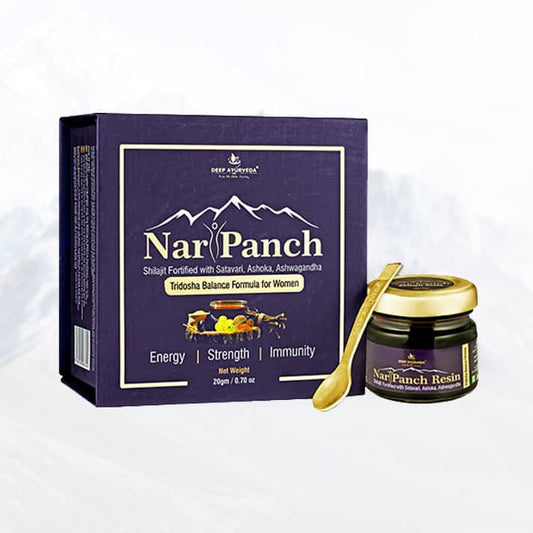Introduction
Back knee problems, also known as posterior knee pain, refer to pain or discomfort felt at the backside of the knee joint. This condition can make simple activities, such as walking, climbing stairs, or standing for long periods, quite challenging. Since our knees bear the weight of our entire body, any issue in this area significantly impacts mobility and quality of life.
Understanding the causes, symptoms, and treatment options for back knee pain is essential because timely care can prevent further damage and restore normal function. Whether you are an athlete, a fitness enthusiast, or someone leading a sedentary lifestyle, being aware of this problem can help you take proactive steps toward healthier knees.
Understanding Back Knee Problems

Medically, back knee pain is often referred to as posterior knee pain. This term describes discomfort at the rear of the knee joint, where tendons, ligaments, muscles, and nerves are located.
While anyone can experience this issue, certain groups are more prone to it:
-
Older adults suffering from arthritis or degenerative conditions.
-
Athletes and runners who put repeated stress on the knee joint.
-
Overweight individuals, since extra body weight puts pressure on the knees.
-
People with sedentary lifestyles or poor posture habits.
Risk factors also include sudden injuries, a lack of warm-up before exercise, weak muscles, and a history of previous joint problems.
Causes of Back Knee Problems

1. Muscle or Tendon Injuries
Hamstring strain: The hamstrings are located at the back of the thigh, and overstretching or tearing can cause pain behind the knee.
Calf muscle injury: The gastrocnemius muscle runs down the back of the leg and attaches near the knee. A tear or strain in this muscle can result in back knee pain.
2. Ligament Issues
Posterior Cruciate Ligament (PCL) Injury: This ligament is located at the back of the knee and helps stabilize it. A sudden fall, sports injury, or car accident can damage the PCL, leading to pain and instability.
3. Cyst Formation (Baker’s Cyst)
A fluid-filled swelling, known as a Baker’s cyst, may develop at the back of the knee. This can cause tightness, swelling, and discomfort, especially when bending or extending the knee.
4. Arthritis
-
Osteoarthritis: Wear and tear of knee cartilage can lead to pain and stiffness, sometimes radiating to the back of the knee.
-
Rheumatoid Arthritis: An autoimmune condition that causes inflammation in the joints, including the knees, resulting in pain at multiple points around the joint.
5. Blood Clots or Vascular Issues
Deep Vein Thrombosis (DVT): A blood clot in the deep veins of the leg may cause severe pain behind the knee, along with swelling and redness. This is a medical emergency and requires immediate care.
Symptoms to Watch Out For
Recognising symptoms early can help in getting the right treatment. Common signs of back knee problems include:
-
Pain intensity – ranging from mild discomfort to sharp, severe pain.
-
Swelling and stiffness – often seen in injuries or arthritis.
-
Reduced flexibility or limited movement – difficulty bending or straightening the leg.
-
Popping or clicking sounds may indicate ligament or cartilage damage.
-
Warmth or redness – possible sign of infection or blood clot.
Diagnosis
A proper diagnosis is essential to find the exact cause of back knee pain. Doctors may use:
-
Physical Examination – Checking tenderness, swelling, range of motion, and stability.
-
Imaging Tests – X-rays (for bone issues), MRI (for soft tissue injuries), or ultrasound (to detect cysts or vascular issues).
-
Blood Tests – To identify infections, inflammation, or autoimmune diseases like rheumatoid arthritis.
Treatment Options
a) Home Remedies & Self-Care
-
RICE Method – Rest, Ice, Compression, and Elevation can help reduce pain and swelling in minor injuries.
-
Gentle Stretching and Mobility Exercises – Improves blood circulation and prevents stiffness.
-
Heat Therapy – Applying a warm compress can relax muscles and ease stiffness.
b) Medical Treatments
-
Pain Relief Medications – NSAIDs (nonsteroidal anti-inflammatory drugs) reduce pain and inflammation.
-
Physical Therapy – Customised exercise plans help strengthen knee muscles and restore mobility.
-
Drainage of Cyst – In case of a Baker’s cyst, a doctor may drain the fluid for relief.
-
Surgery – Severe ligament injuries, cartilage tears, or advanced arthritis may require surgical intervention like knee arthroscopy or joint replacement.
Preventing Back Knee Problems
Prevention is always better than cure. Here are some effective preventive strategies:
-
Regular Stretching & Strengthening Exercises – Focus on hamstrings, quadriceps, and calves.
-
Maintain a Healthy Weight – Reduces extra strain on the knee joint.
-
Avoid Overuse & Sudden Strain – Always warm up before workouts and avoid repetitive stress.
-
Wear Proper Footwear – Supportive shoes help maintain correct posture and alignment.
-
Stay Hydrated & Eat Joint-Friendly Foods – Include omega-3 fatty acids, vitamin D, and calcium-rich foods for joint health.
When to See a Doctor Immediately
While some back knee pain resolves with self-care, certain symptoms require urgent medical attention:
-
Severe swelling, redness, or warmth around the knee.
-
Sudden inability to move or bear weight on the knee.
-
Signs of infection, such as fever, along with knee pain.
-
Symptoms of blood clot (DVT) – such as sharp pain, swelling, and skin discolouration.
Ayurvedic & Natural Remedies (Optional but Effective)
Ayurveda provides holistic approaches for back and knee problems:
-
Herbal Oils & Massage: Oils like Mahanarayan Thailam and Dhanwantharam Thailam can reduce pain and stiffness when gently massaged.
-
Anti-inflammatory Herbs: Turmeric (Curcumin), Ashwagandha, and Shallaki (Boswellia) help in reducing joint inflammation naturally.
-
Yoga for Knee Health: Gentle yoga poses like Vajrasana, Tadasana, and Setu Bandhasana strengthen muscles around the knee and improve flexibility.
Conclusion
Back knee problems are more common than we realise, and they can seriously impact daily life if left untreated. From muscle injuries and ligament damage to arthritis and vascular issues, the causes vary widely. Recognising symptoms early, getting an accurate diagnosis, and following the right treatment plan are the keys to recovery.
Whether you choose modern medical treatments or holistic Ayurvedic care, taking proactive steps ensures long-term knee health. Remember—your knees carry you through life, so care for them with regular exercise, balanced nutrition, and timely medical attention.
By understanding the causes, symptoms, and effective solutions for back knee problems, you can prevent complications and enjoy a healthier, more active lifestyle.







